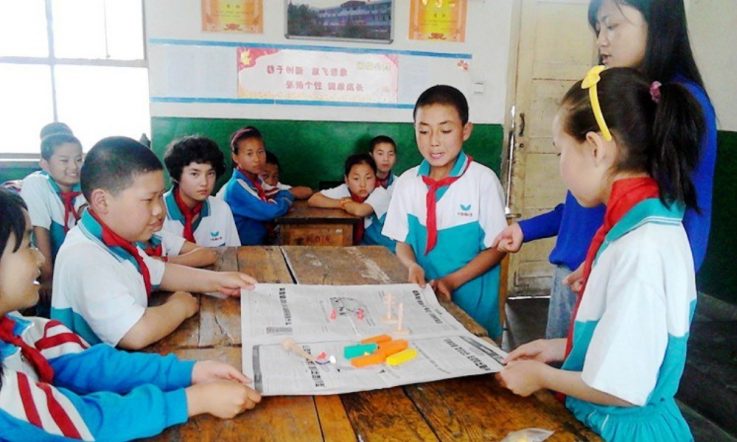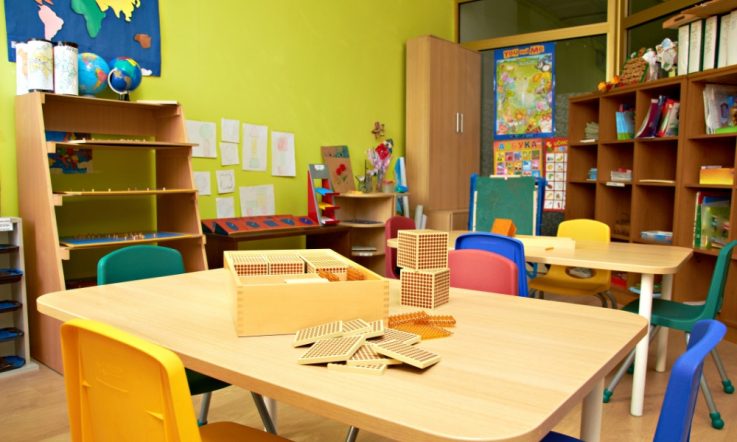Technological advances and rapid globalisation continue to guide our current education systems and workplace recruitment. The widely accepted definition of creativity (the generation, originality and usefulness of ideas) now encompasses 21st century skills such as collaboration, problem solving and innovation.
Andrew Marshall describes innovation as ‘putting ideas to work' (Marshall, 2013). This often involves thinking creatively about something that already exists and building on it – such as linking a great idea with customer need.
The need to identify a problem, and provide alternative solutions, is also part of that skill set. A recent report from The Economist Intelligence Unit shows that problem solving is regarded as the priority skill that companies need when recruiting (Kenworthy and Kielstra 2015). However, as Geoff Masters points out in his recent Teacher article on 21st Century skills, the solution of standard problem types continues to prevail within school curricula.
Creative insight problems
Standard or routine problem types involve a series of logical steps that move towards the solution. The learner knows the sequence to be used, for example when carrying out times multiplication or a problem in algebra. Non-routine or creative insight problems, however, function in a very different way. The solution is usually unconscious, and often involves a sudden ‘aha' experience.
Secondly, the learner must let go of familiar ways of approaching the problem and come up with a novel approach to the solution. This is because the learner usually reverts to the logical solution methods that are unique to standard problem types.
For example, a spatial creative insight problem often triggers ‘functional fixedness' where the learner can only see one way to use an object. This fixedness, or cognitive bias, often triggers an impasse, related feelings of frustration and negative learning outcomes.
A restructuring process (or change in how the problem is perceived) is key to overcoming such mental blocks. Teachers are often not aware that creative insight problems can be spatial, verbal and mathematical, and require solution strategies unique to that domain.
Neuroscience and creative insight
Neuroscientific research with adults has primarily focused on verbal creative insight problems – and has shown that the correct solution engages distinct neural areas in the right hemisphere (compared to more routine problems that do not).
However, these findings should not be confused with the pervasive neuromyth that creativity is only a right-brained phenomenon.
A more accurate interpretation is that both hemispheres are critically involved – with the right hemisphere providing complimentary functions that build on left hemispheric capabilities.
Recent work carried out at the Centre for the Science of Learning at ACER has examined how feedback can facilitate solutions to verbal insight problems. The research has a novel aspect in that we examined how adolescents (13- and 14-year-olds) coped with these problem types. We also carried out small group interviews on students' perceptions following the norming study.
Preliminary findings showed that adolescents underestimated the role of hints, feeling they interfered with their responses. However, our findings showed that they performed better on problems with hint support, and poorly on those without. Students also described a number of affective states documented in the creative insight literature: reaching an impasse, feeling frustrated, and the illuminating ‘aha' moment when producing the perceived correct answer.
Teaching creative insight problems
The Australian Curriculum states that students should be able to recognise creative problems and actively participate in their solutions. Identifying routine and non-routine problem types is integral to that process.
Our research focuses on the teaching strategies that facilitate the solution to creative insight problems. These strategies include recognising domain specificity (for example, verbal, spatial or mathematical) and facilitating a change in how the problem is perceived.
References and further reading
McCurry, D. (2013).Teaching critical thinking, The Research Digest, QCT, 2013 (9), retrieved from http://www.qct.edu.au
Kenworthy, L. & Kielstra, P. (2015). Driving the skills agenda: Preparing students for the future, Economist Intelligence Unit Report, sponsored by Google for Education, pp 1-21.
Masters, G. (November, 2015). A 21st Century Curriculum, retrieved from https://www.teachermagazine.com/geoff-masters/article/a-21st-century-curriculum
DeVelle, S. (2015). Creative insight and the role of feedback: what adolescents can tell us. Centre for the Science of Learning@ACER, retrieved from https://www.acer.edu.au/csl/news/creative-insight-and-the-role-of-feedback-what-adolescents-can-tell-us
Fink, A., Benedek, M., Grabner, R., Staudt, B., & Neubauer, A. (2007). Creativity meets neuroscience: Experimental tasks for the neuroscientific study of creative thinking, Methods, 42, pp 68-76.
Marshall, A. (April, 2013) There's a critical difference between creativity and innovation, Business Insider Australia, retrieved from http://www.businessinsider.com.au/difference-between-creativity-and-innovation-2013-4
Expressions of interest are now open for the Assessing Creativity and Innovation: Insights from Neuroscience workshop, run from ACER Perth in May 2016. For more details and to register your interest, click here.



